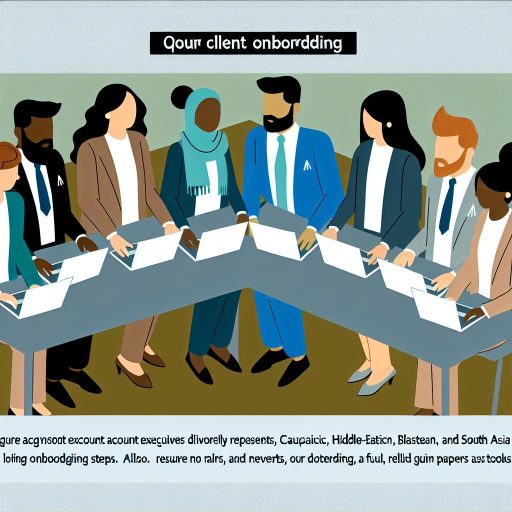Introduction
Effective communication roles are vital for every organization’s success.
These roles dictate how messages spread to the public and internal audiences.
They shape perceptions, manage crises, and build relationships.
In recent years, the lines between Press Secretaries and Public Relations Officers have blurred.
Both positions aim to promote and protect their organizations’ reputations.
This often leads to confusion about their distinct responsibilities and functions.
Many people use these terms interchangeably without understanding their key differences.
The purpose of this blog is to clarify these differences.
By delineating the roles, we can provide insight into their unique contributions.
This understanding helps organizations choose the right professionals for their needs.
Knowing whom to hire can significantly impact how an organization communicates.
Definitions and Core Responsibilities
Role of a Press Secretary
A Press Secretary serves as the primary spokesperson for an organization.
This role often exists within government agencies or political offices.
The Press Secretary communicates with the media to convey official statements and information.
They manage press conferences, release official statements, and respond to media inquiries.
This position demands strategic thinking and excellent communication skills.
Core Responsibilities of a Press Secretary
- Drafting and delivering official press releases.
- Preparing spokespeople for public statements and media interviews.
- Monitoring news coverage and responding promptly to misinformation.
- Developing relationships with journalists and media outlets.
- Coordinating press events, such as briefings and conferences.
- Providing feedback to organizational leadership about media trends.
- Implementing crisis communication strategies when necessary.
Typical Day-to-Day Tasks for a Press Secretary
A Press Secretary’s daily activities vary greatly depending on current events.
However, several tasks are commonly performed:
- Reading and analyzing news articles to gauge media sentiment.
- Writing press releases to announce key organizational updates.
- Scheduling press briefings and preparing speakers.
- Responding to media inquiries and providing information.
- Preparing for potential media crises by drafting responses.
- Conducting background research on current events.
- Communicating with stakeholders about media engagements.
Role of a Public Relations Officer
A Public Relations Officer (PRO) focuses on enhancing an organization’s public image.
This role applies across various sectors, including corporate, non-profit, and governmental.
Transform Your Career Today
Unlock a personalized career strategy that drives real results. Get tailored advice and a roadmap designed just for you.
Start NowThe PRO develops communication strategies to shape public perception positively.
They engage in a broad spectrum of activities aimed at promoting their organization.
Core Responsibilities of a Public Relations Officer
- Creating and implementing PR campaigns to boost visibility.
- Managing relationships with media personnel and influencers.
- Producing content for social media platforms and websites.
- Conducting market research to understand audience perceptions.
- Organizing promotional events and community outreach programs.
- Writing articles, newsletters, and other promotional materials.
- Monitoring public opinion and adjusting strategies accordingly.
Typical Day-to-Day Tasks for a Public Relations Officer
A Public Relations Officer’s daily responsibilities encompass various activities.
They must adapt to shifting priorities based on their organization’s goals:
- Drafting press materials, including press kits and advisories.
- Coordinating with vendors for PR events and activities.
- Engaging with audiences through social media channels.
- Analyzing data to measure the impact of PR campaigns.
- Building relationships with community leaders and stakeholders.
- Writing engaging content for publications, websites, and blogs.
- Attending networking events to promote the organization.
Key Differences Between Press Secretary and Public Relations Officer
The roles of Press Secretary and Public Relations Officer differ significantly.
Both positions focus on communication but have distinct responsibilities and targets.
Understanding these distinctions clarifies their individual contributions.
The Press Secretary addresses immediate communication needs.
They respond to media inquiries and brief the press.
Their primary audience includes journalists and news outlets.
In contrast, the Public Relations Officer works on broader public engagement.
They cultivate a favorable public image for the organization.
Their audience includes community members, stakeholders, and consumers.
The Press Secretary usually operates in political or government settings.
The Public Relations Officer navigates various industries.
Both roles require strong writing skills, adaptability, and media-savviness.
Their specific tasks and objectives clearly set them apart.





